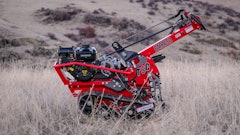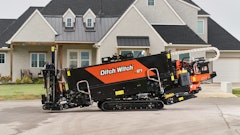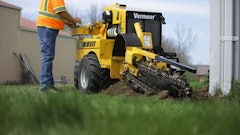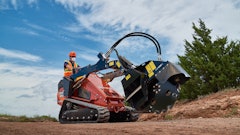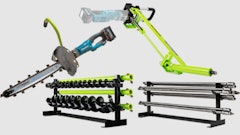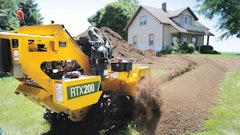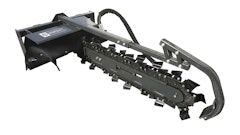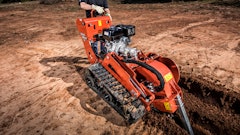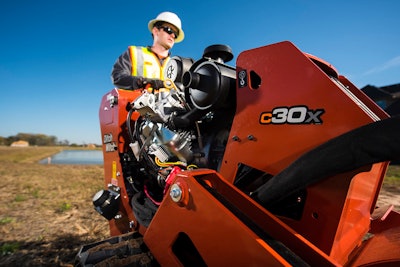
As big pieces of equipment, trenchers should always be respected as such, says Sarah Barreto, marketing staff at Barreto.
“Safety is paramount with trenchers because you don't want to ever be in a position where you're crossing paths with one,” Barreto says. “We have a clutch on the unit that if it gets dropped, automatically the chain stops moving, but instructing people on how to give space and maneuver around the equipment is also important.”
Brant Kukuk, product manager of compact equipment at Ditch Witch, agrees that safety is essential.
“It’s important to keep your employees safe and to keep bystanders safe,” Kukuk says.
Barreto and Kukuk dig in to how irrigation pros can ensure they’re operating trenchers safely.
Safe practices
Before trenching, Kukuk advises operators call 811 or the local service in their area to ensure there are no existing underground utilities in the area. He adds that operators want to understand the terrain and soils in which they will be working.
“Soft materials like sand could cave in, or hard-packed ground may require a bigger trencher with more horsepower,” Kukuk says. “If you’re working on an embankment or in a ditch, you need to understand the slopes that you're going to encounter while trenching and understand what direction to trench those slopes. Understanding your environment and your surroundings is a good start.”
Other safety practices include:
- Ensure operators of the trenchers NEVER bypass the safety features of the trencher, such as the safety clutch, which engages or disengages the chain drive. Operators should never try to bypass this feature by wrapping tape or otherwise fixing the clutch down.
- Always follow the instructions in the operator’s manual affixed to the machine.
- Operators should always be advised to park the units on flat ground when not operating.
- Communicate with the homeowner (if on a residential property) to ensure everyone is inside and out of the way. Create a visible barrier like cones to make sure people know you’re there.
- Long pants, eye and ear protection and protective footwear are essential when operating a trencher. Additionally, don’t wear jewelry or loose clothing.
Another way to ensure the safety of the operator and bystanders is to not force the trencher by pushing or pulling too hard.
“You want to let the machine do the work,” Kukuk says. “You don't want to exert any physical force to try to help the machine go along the trench. The trencher is built to do the work by itself. There really should not be physical work done by the operator.”
Training tips
Barreto and Kukuk note that many manufacturers provide safety and instructional videos to help irrigation and landscape companies train their crews.
Kukuk adds that everyone needs to understand the operator manual before using a trencher and that dealers can be an essential resource for contractors.
“Dealers can show customers how they need to configure the trencher based on their soil conditions and how much horsepower they may need based on the depth or width they need to cut," Kukuk says.
Additionally, toolbox talks can help drill in the training that crews have undertaken.
“We use the toolbox talk a lot, where you go out daily, have a five-minute discussion about safety or an issue that’s happened in the past or preventive discussions,” Kukuk says. “A five-minute check-in every morning before crews leave is a good thing to implement.”
Maintenance musts
Finally, regular maintenance will ensure the trencher is ready to operate safely—and will help minimize downtime.
Daily checks can include:
- Check the wear and tear on components that engage the ground.
- Ensure the chain is properly tensioned. Replace worn-out chains.
- Inspect teeth to see that they are sharp and still in place.
- Ensure bolts are tight, sprockets are still in the good shape and that pivots are not loose.
- Check oil and fuel.
- Ensure all drive components are working.
Kukuk adds, “Some competitors will have grease points on pivots, but we have composite bushings that will last hundreds of hours. Just check to make sure those bushings are still good a couple times a year.”
Finally, Barreto notes that cleaning mud and debris from the unit after each operation will ensure things run smoothly.

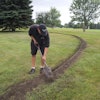

![Screenshot 2025 04 02 153224 67ed9ef458841[1]](https://img.greenindustrypros.com/mindful/acbm/workspaces/default/uploads/2025/05/screenshot-2025-04-02-15322467ed9ef4588411.OmzYlWSXSm.png?auto=format%2Ccompress&fit=crop&h=100&q=70&w=100)
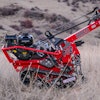
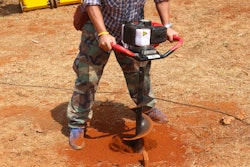
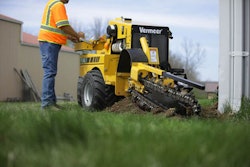
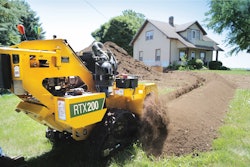
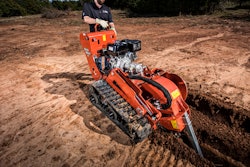
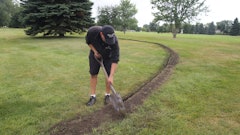

![Screenshot 2025 04 02 153224 67ed9ef458841[1]](https://img.greenindustrypros.com/mindful/acbm/workspaces/default/uploads/2025/05/screenshot-2025-04-02-15322467ed9ef4588411.OmzYlWSXSm.png?ar=16%3A9&auto=format%2Ccompress&fit=crop&h=135&q=70&w=240)
